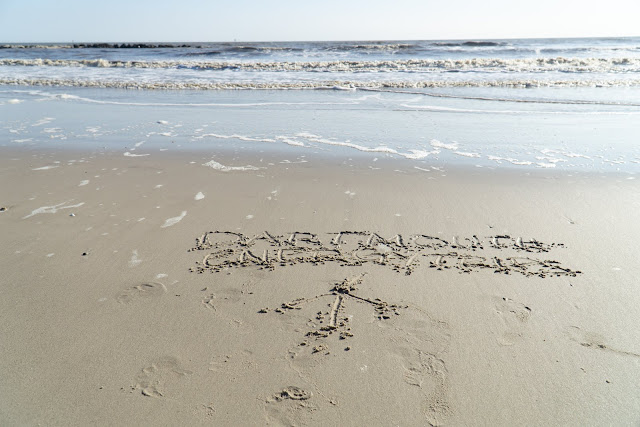Day Six: We Head East
From Houston to The Louisiana Swamps
We've concluded the Texas segment of our immersion trip! After waking up to a beautiful sunrise, we packed our belongings, cleaned the residence, and began the four and a half hour drive to Louisiana. As we drove along the highway, the scenery changed from meadows to swamps and rivers, which were then replaced by the crashing waves of the Gulf of Mexico. A short lunch break was taken at the Spindletop salt dome oil field in Beaumont, Texas, the location where the first oil well in Texas was dug.
The passing scenery allowed for quiet reflection on the events that had taken place since the beginning of the journey. As we passed traveled along the coast, we noticed something: stilts. Buildings in the area were all mounted on stilts, in preparation for a haunting menace: the seas. They were rising.
Since the beginning of the trip, everyone from executives at Exxon Mobil to managers at wind farms had been warning about the dangers of climate change. Traveling along the Louisiana coast, one could immediately notice the vulnerability of the area to rising seas. A sea level rise of only one meter could easily flood settlements in the area, given their proximity to the ocean and the low-lying nature of land in the area. The ocean, though it seemed like a benign, gentle body of water, could easily transform into a raging monster. Unfortunately, more than homes were under threat in the area. Rising sea levels endangered much of the coastal freshwater estuaries that were host to thousands of different species of animals. The beautiful scenery we observed today could, within two decades, be completely underwater, consumed by the fiery anger of the Gulf.
Since the beginning of the trip, everyone from executives at Exxon Mobil to managers at wind farms had been warning about the dangers of climate change. Traveling along the Louisiana coast, one could immediately notice the vulnerability of the area to rising seas. A sea level rise of only one meter could easily flood settlements in the area, given their proximity to the ocean and the low-lying nature of land in the area. The ocean, though it seemed like a benign, gentle body of water, could easily transform into a raging monster. Unfortunately, more than homes were under threat in the area. Rising sea levels endangered much of the coastal freshwater estuaries that were host to thousands of different species of animals. The beautiful scenery we observed today could, within two decades, be completely underwater, consumed by the fiery anger of the Gulf.
A similar story could be told at the wind farm in Taft, Texas we visited the prior day. A relatively flat terrain only twenty feet above the coast, the area faced many of the same challenges associated with sea level rise. Unfortunately, climate change had more in store. Global warming had altered El Nino patterns, meaning it was challenging to predict when the wet seasons in the area would occur. At the same time, overuse of well water for agriculture had caused salt water seepage into the groundwater supplies, meaning the area could be impossible to farm in two to three decades. The only thing left would be an uninhabitable wasteland, where nothing could grow–only die.
As we looked out at the ocean and the abundant wildlife in the area, I realized how beautiful our environment was–and how much we were changing it. A four-degree Celsius temperature increase in global climate is already projected by the end of the century, bringing with it a variety of dangers such as ocean acidification, desertification, biodiversity loss, and decimation of agriculture. To save everything that Mother Nature has given us–to avoid global temperature increase beyond the 2 degrees Celsius set by the Paris Climate Accord– will ultimately require a herculean effort by all of mankind. To lose in this struggle is to lose all that we love–our home.
As we looked out at the ocean and the abundant wildlife in the area, I realized how beautiful our environment was–and how much we were changing it. A four-degree Celsius temperature increase in global climate is already projected by the end of the century, bringing with it a variety of dangers such as ocean acidification, desertification, biodiversity loss, and decimation of agriculture. To save everything that Mother Nature has given us–to avoid global temperature increase beyond the 2 degrees Celsius set by the Paris Climate Accord– will ultimately require a herculean effort by all of mankind. To lose in this struggle is to lose all that we love–our home.
--Alex Wang ‘22






Comments
Post a Comment